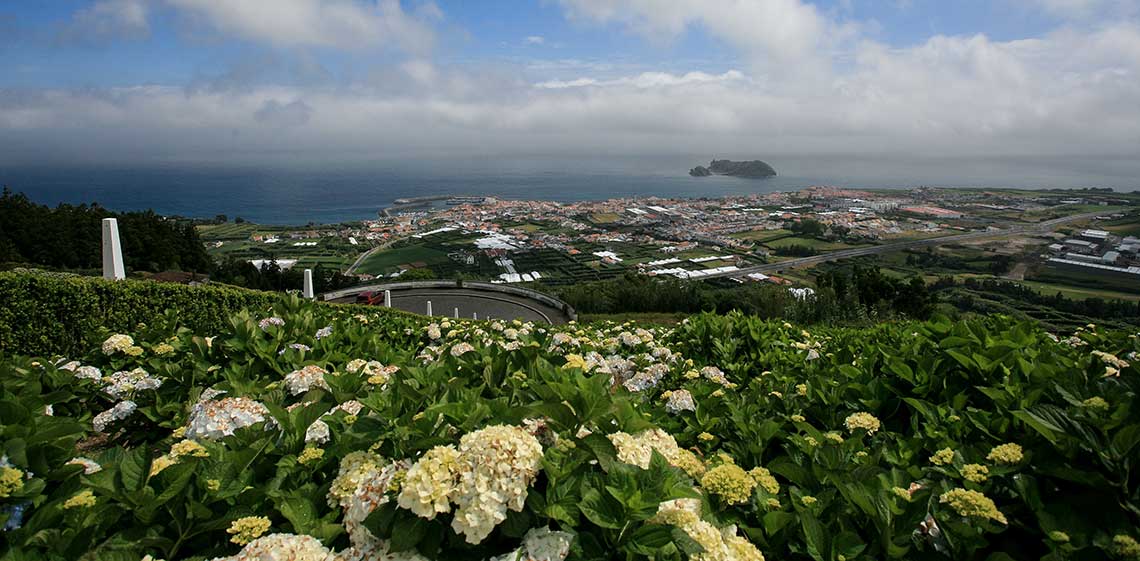Azores: a road trip between lagoons and volcanoes in São Miguel
In the immensity of the Atlantic, Nature has created nine small pieces of paradise. São Miguel is one of them. Hit the road and discover the magic of the Green Island.
Colored lagoons inside volcanoes, black sand beaches and hot water, natural pools of iron coloured water, landscapes in all shades of green... Curious? Don't waste any more time and embark on a road trip to discover the magic of the island of São Miguel in the Azores. All About Portugal selected some places you really cannot miss. Follow the GPS, get a map or get on the road with no default programme. There is no shortage of excuses for devouring kilometers and photographing every corner of this paradise born of lava in the middle of the ocean.
Santiago Lagoon

Near the Seven Cities Lagoon, in the middle of the Serra Devassa, the dark green Santiago Lagoon, at the bottom of a crater, surprises everyone for its unique beauty. Wild, with no cultivated fields around, its surroundings are composed of mountainous cliffs populated by dense and verdant forests. Climb to the Belvedere of the Canário Lagoon - you will feel small before such an untamed nature.
Lagoon of the Seven Cities

The legend tells of fishermen and princesses, of impossible loves and even of old Atlantis... Of a beauty almost supernatural, which no legend can do justice, the Lagoon of Seven Cities is that cliché that no one can resist. At the bottom of a caldera, and surrounded by green fields, a magnificent lagoon, part blue and part green; definitely a feast for the senses.
Ponta da Ferraria

Ready for a dip in the warm waters of the Atlantic? The phrase does not seem to make sense but, believe me, magic really happens in these shores. On the volcanic slopes of Ponta da Ferraria, natural pools are formed whose water, thanks to two hot springs that originate in the sea, can reach 30 degrees!
Mosteiros Beach

The sand is as black as coal, but if you look closely, you'll notice tiny fluorescent green crystals: olivine, a mineral associated with volcanic rocks. The water is warm and in the sea, very close to the coast, two giant rocks give the beach an irresistible aura of mystery, reminiscent of stories of mermaids and pirates.
Gruta do Carvão
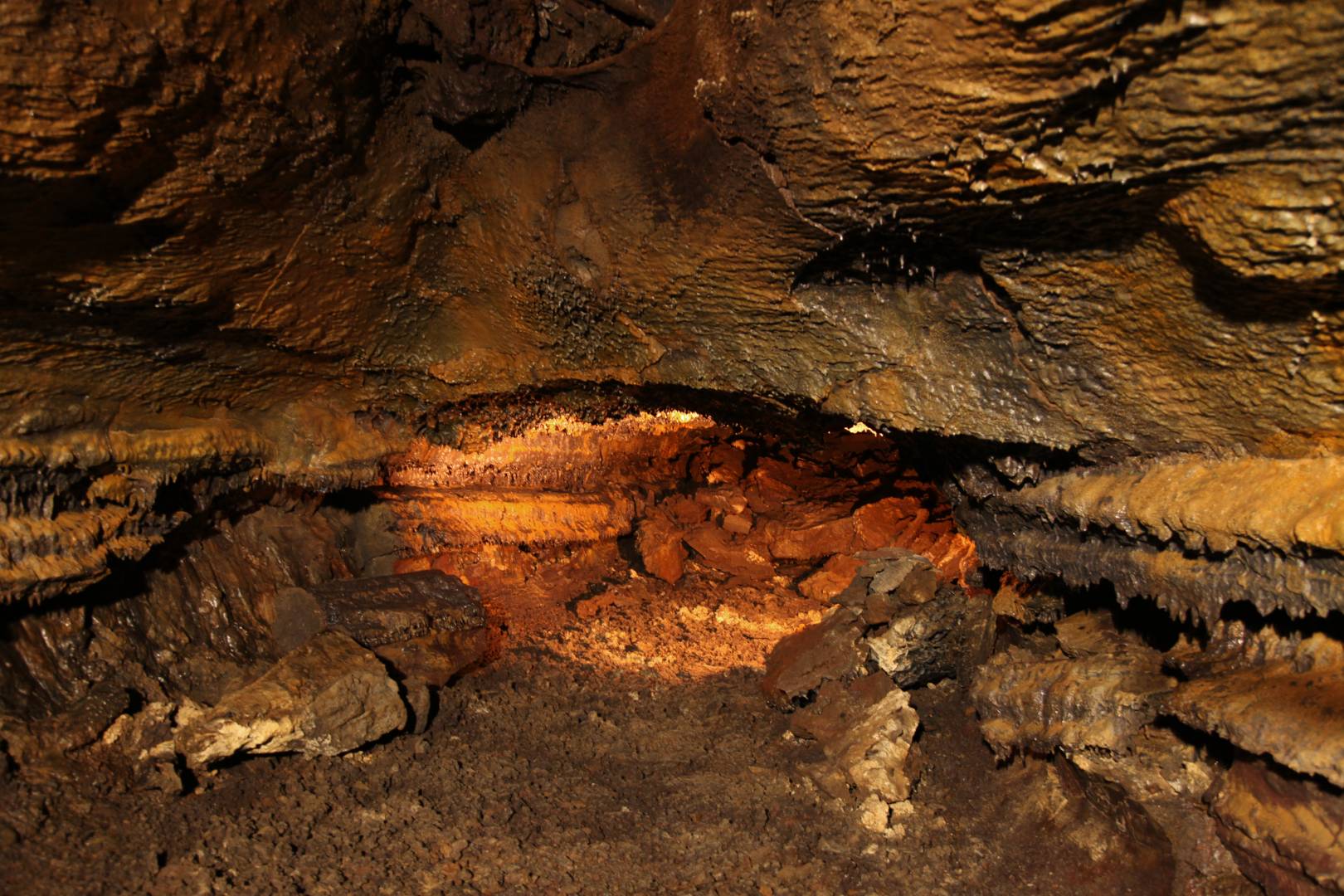
Do you know that feeling of having lived something so incredible that you can only think of telling your friends, anyone? What if such an incredible experience includes walking through the depths of a volcano? Well, take the plunge: put on some comfortable shoes, take a warm coat and travel to the interior of the Earth. The Gruta do Carvão (Grotto of Coal) is a tunnel carved by lava, full of stalactites and stalagmites, and is open to the public. It’s a must-see attraction for all, both locals and tourists.
Lagoon of Fire
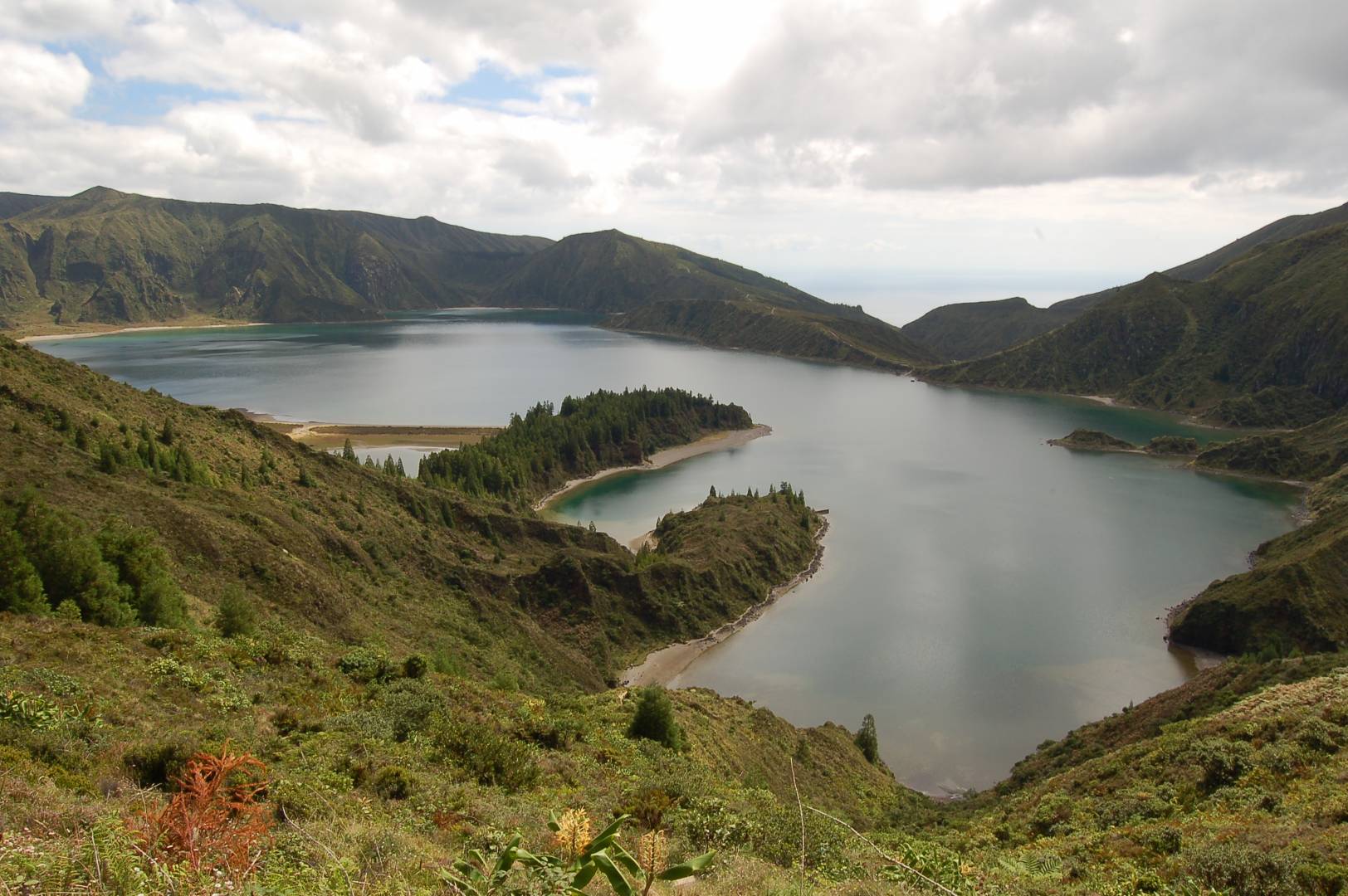
It is the second largest lagoon on the island of São Miguel. There are several spots on the road where you can and should stop to enjoy the lush landscapes around you. And, if the weather helps, be sure to go down to the lagoon. The path is steep and takes about 30 minutes, but we guarantee it is worth it. The chirping of birds and the water hitting your feet are the only sounds you will hear.
Caldeira Velha
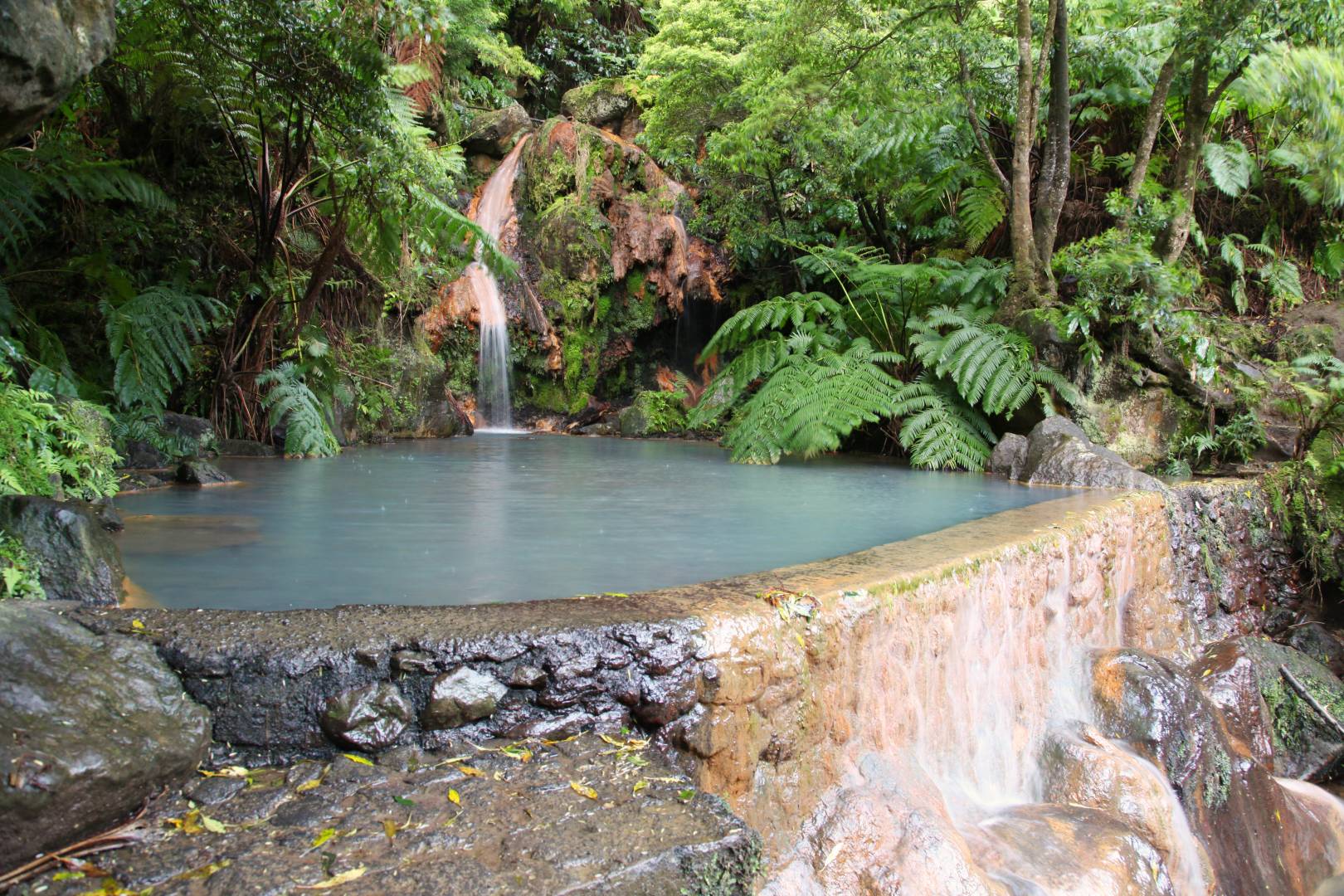
It is a more than perfect place to witness the force that emanates from the earth. In Serra da Água de Pau, in Ribeira Grande, there are fumaroles, cascades and thermal water springs whose temperature can go from 26 to 38 degrees. The water is brown because of the presence of iron, so wear an old, preferably dark, bathing suit. Nature is not sweet around here.
Islet of Vila Franca do Campo

In the crater of an ancient underwater volcano, there is an enchanted beach with a lagoon in the middle, which forms an almost perfect circle. It can be visited between June and September and is ideal for diving. It has gained worldwide fame since, in recent years, it has been the scene of a stage of a famous world championship of "Cliff Diving". Not just scenery, but an unexpected reality awaits you.
Hermitage of Nossa Senhora da Paz
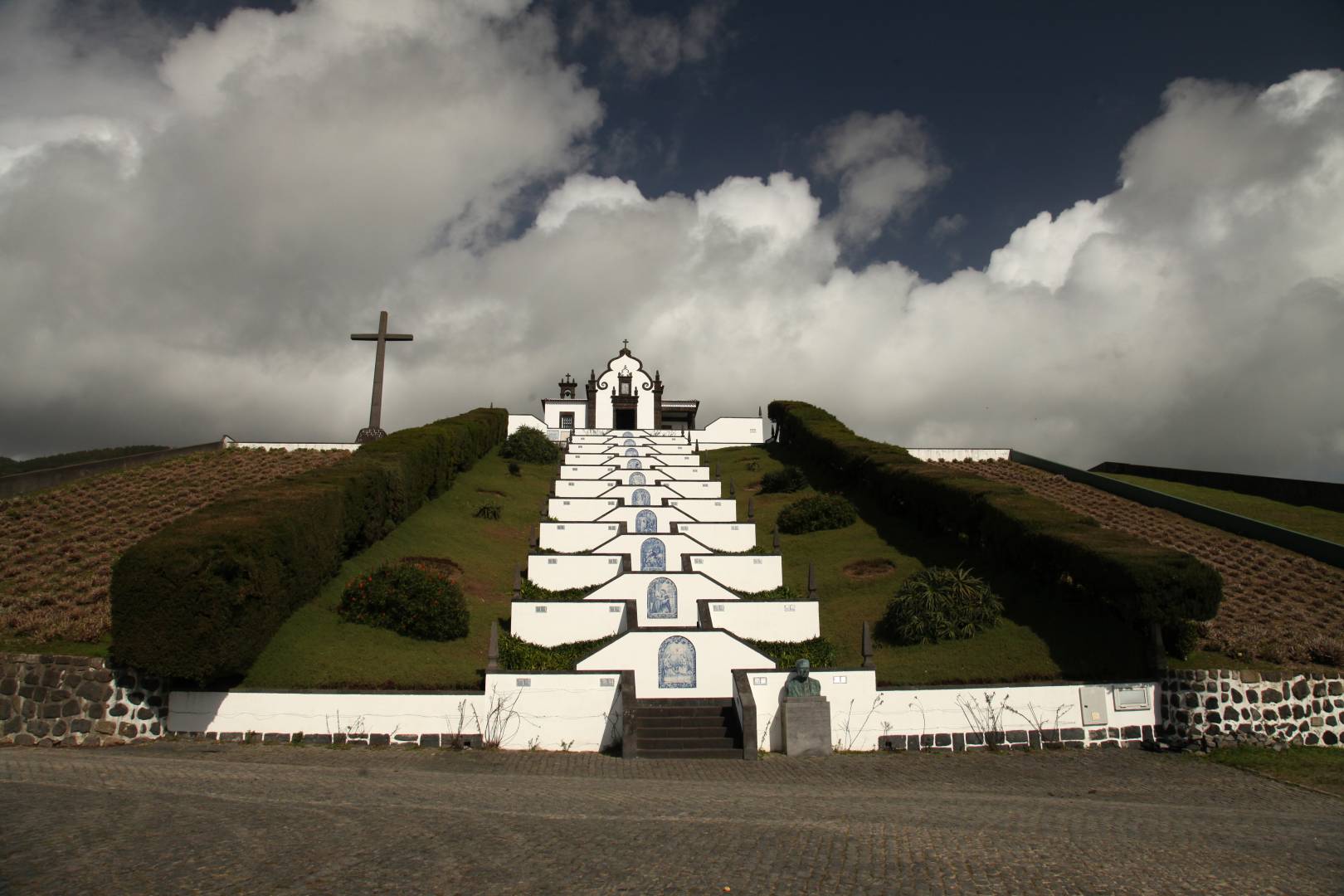
Overlooking the beautiful village of Vila Franca do Campo we find this temple, built in the eighteenth century, but whose origins date back to the sixteenth century. You will have to climb about a hundred steps to reach the chapel, but the effort will be rewarded with a stunning view of the village and surrounding region, the immense blue sea and the islet of extravagant shapes.
Furnas
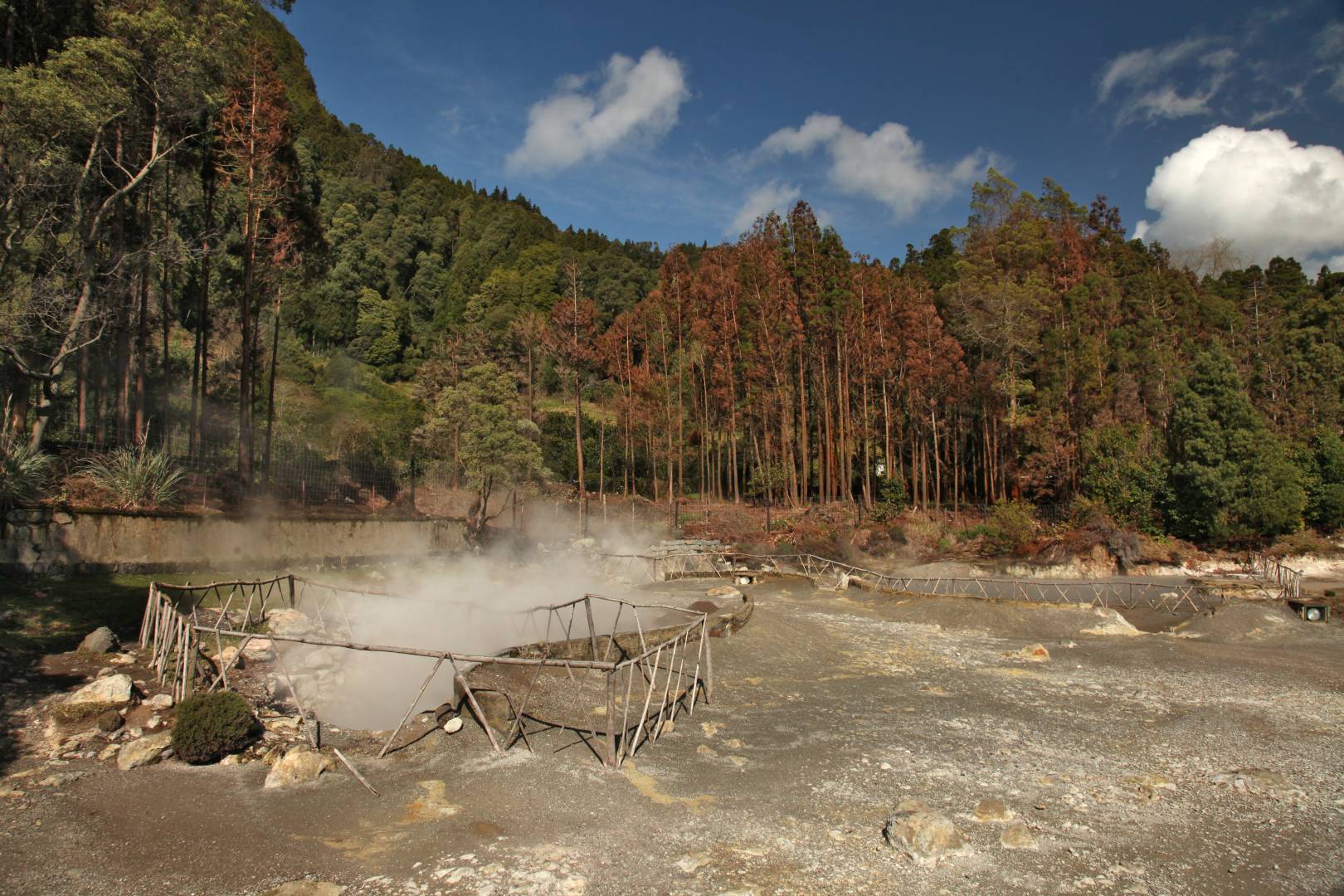
Asleep for centuries, the Furnas volcano gives signs of life in every corner of this region. On the banks of the lagoon, there are fumaroles, geysers of boiling water and iron coloured hot springs. Everything smells like smoke, and the smell of sulfur requires habituation, but it's worth it to linger here. Try the typical Furnas stew, made in the hot springs in earthenware pots, and cooked for five hours!
Terra Nostra Park
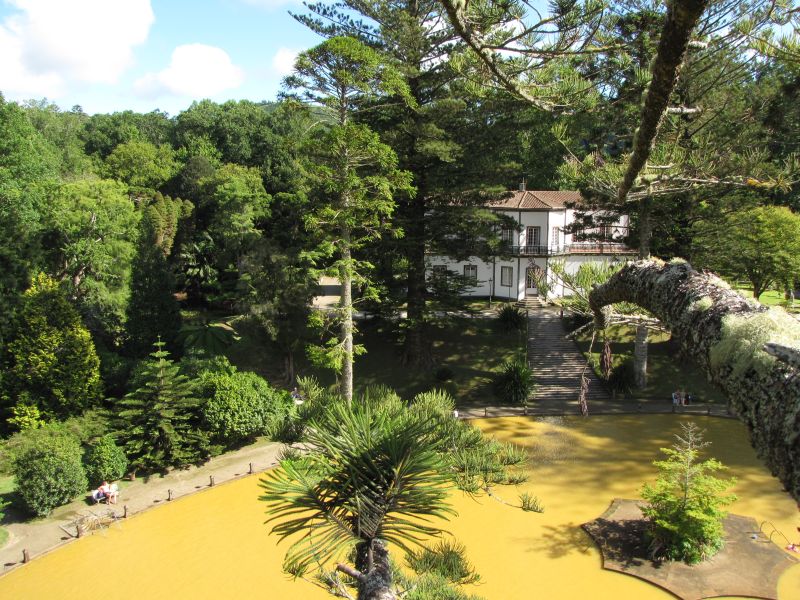
Whether summer or winter, this is a mandatory place for those who visit Furnas. After all, what could be more relaxing for body and mind than a walk in this romantic 18th century botanical garden, among camellias, cycas and exotic trees? Or a dip in a pool of thermal water, loaded with essential minerals, that comes out of the spring at temperatures between 35 and 40 degrees?
Gorreana Tea plantations
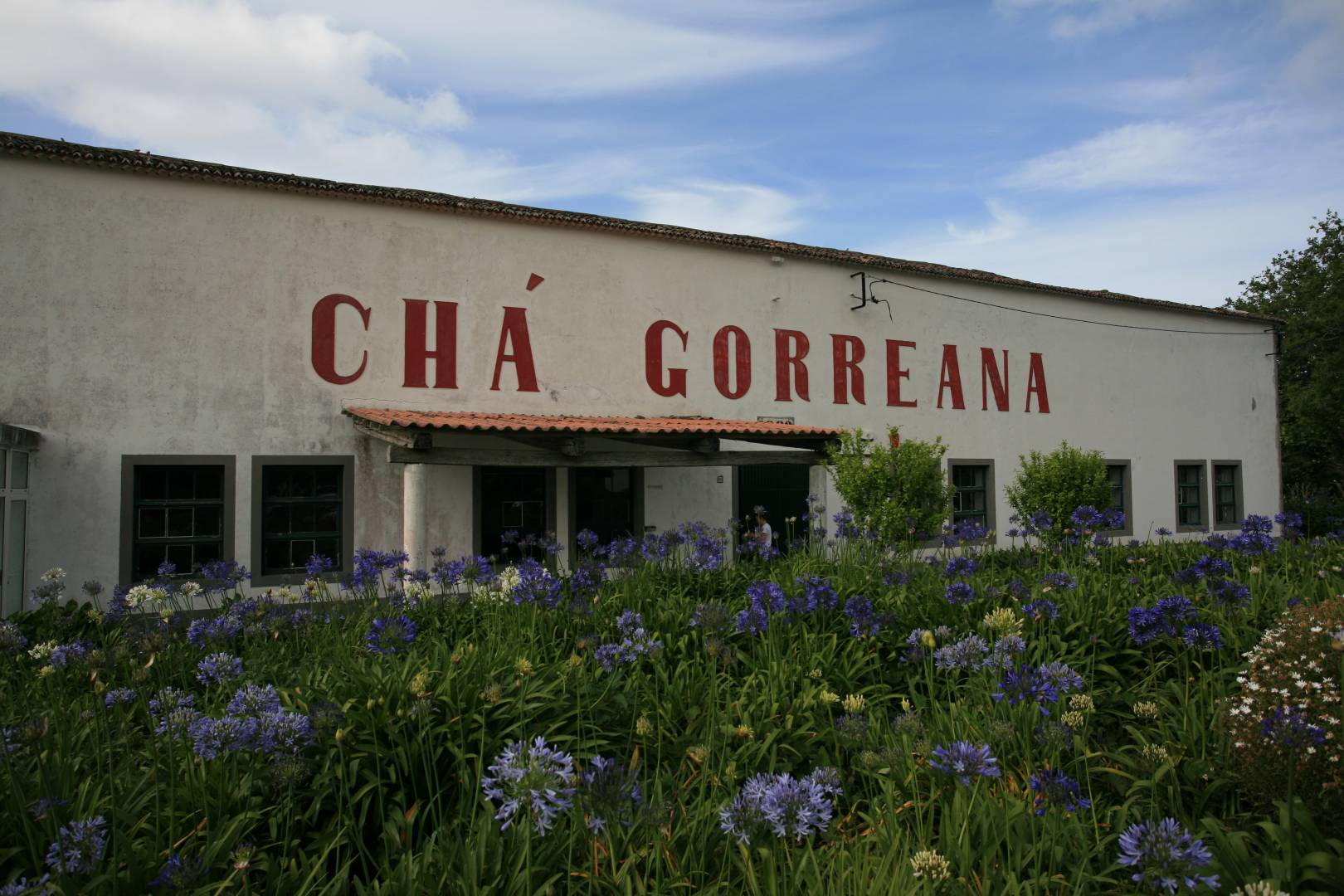
Did you know that Europe's oldest tea plantation is in the Azores? Near the Ribeira Grande, the Gorreana factory has been producing, since 1883, green and black tea without the use of any herbicides, pesticides, dyes or preservatives. Get to know the history, the production process and indulge yourself with a cup of tea, while enjoying the 32 hectares of green fields that stretch out to the sea.
Nordeste

It is perhaps the least visited part of the island, but that does not mean that it is less charming. Walk aimlessly along the winding roads of the northeast of São Miguel, between bays and coves, waterfalls and luxuriant vegetation. On the way you will find numerous viewpoints overlooking the sea. The one in Ponta da Madrugada, for example, is the perfect place to watch the sunrise.
Ponta Delgada
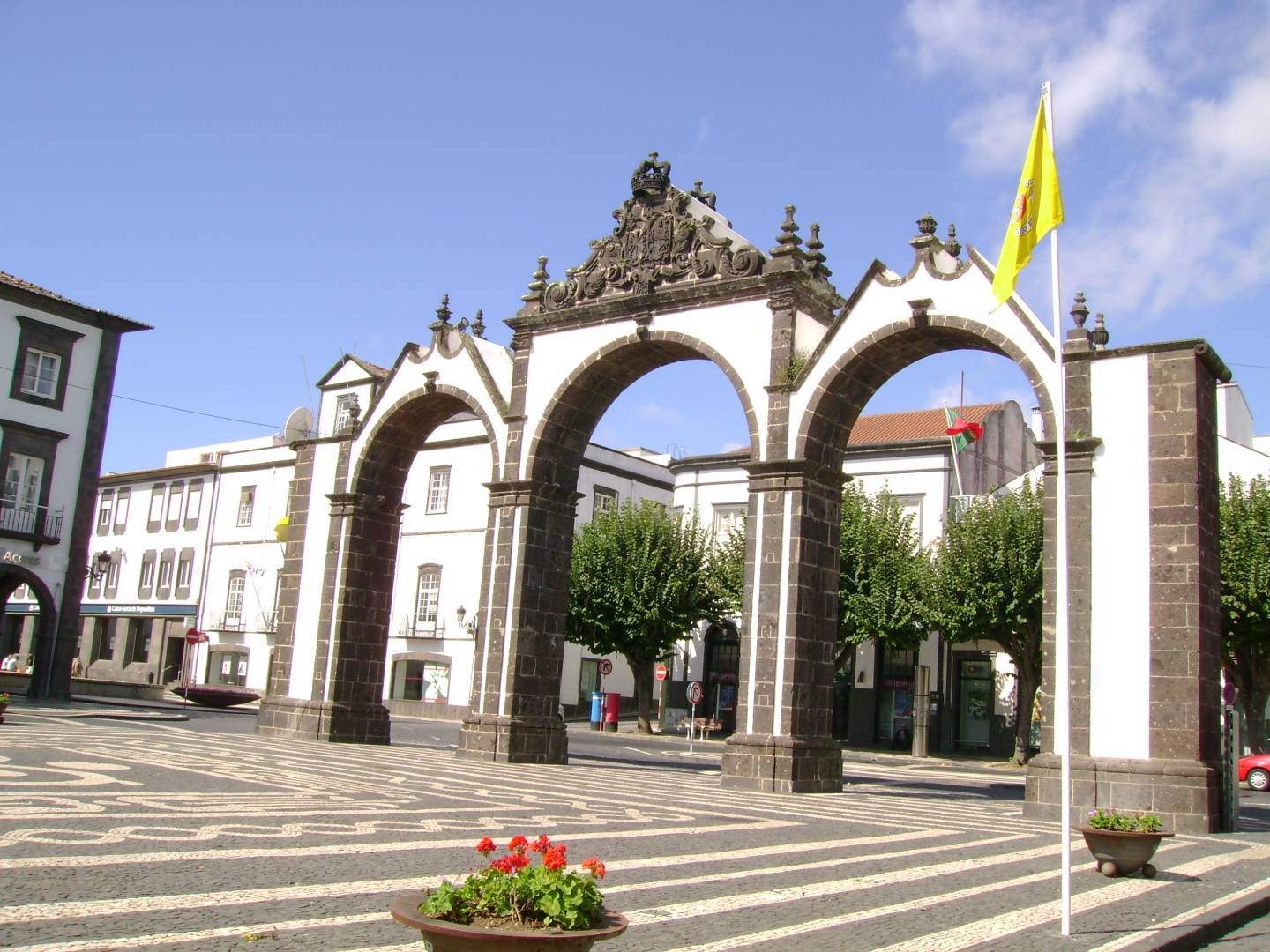
Book at least one day of your trip to visit the largest and most populated Azorean city. The Portas da Cidade (Doors of the City) are its postcard, right next to the Mother Church of São Sebastião. Fall in love with the beautiful Teatro Micaelense, walk the streets, visit the traditional shops, and be aware of the many examples of urban art. Take a tour of the marina, feel the pulse of the city and exchange stories with the natives.
A Tasca

Furnas have the stew and the leavened cake, but the Azorean gastronomy hides many more treasures. Beef and cheese are the ex libris of the archipelago, but do not forget to try the limpets, tuna steaks and sweet or savory delicacies made with pineapple. We suggest Tasca, one of the most popular restaurants on the island. Book a table and go with plenty of time, since there is a whole lot to savour.
Recommended
